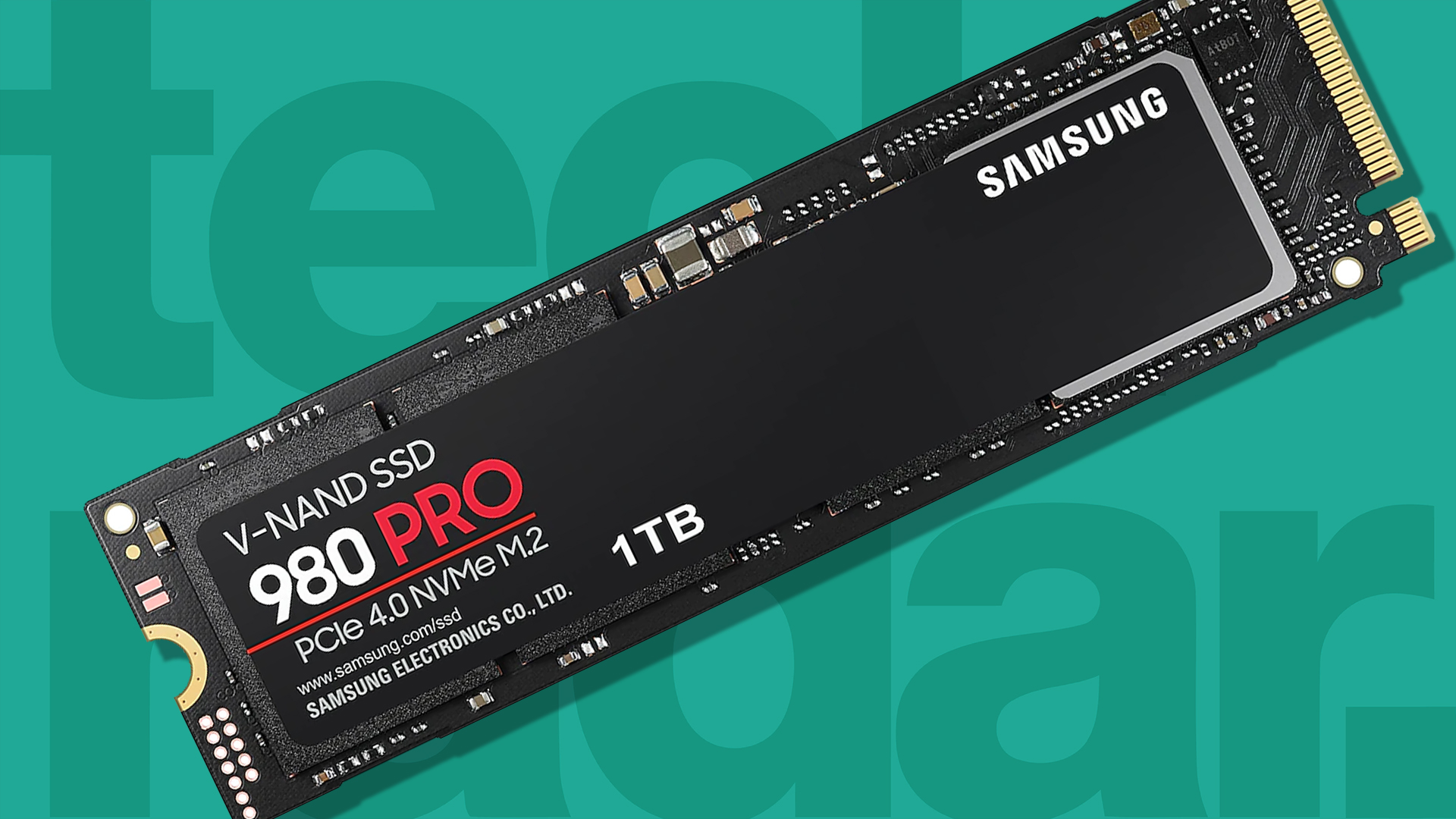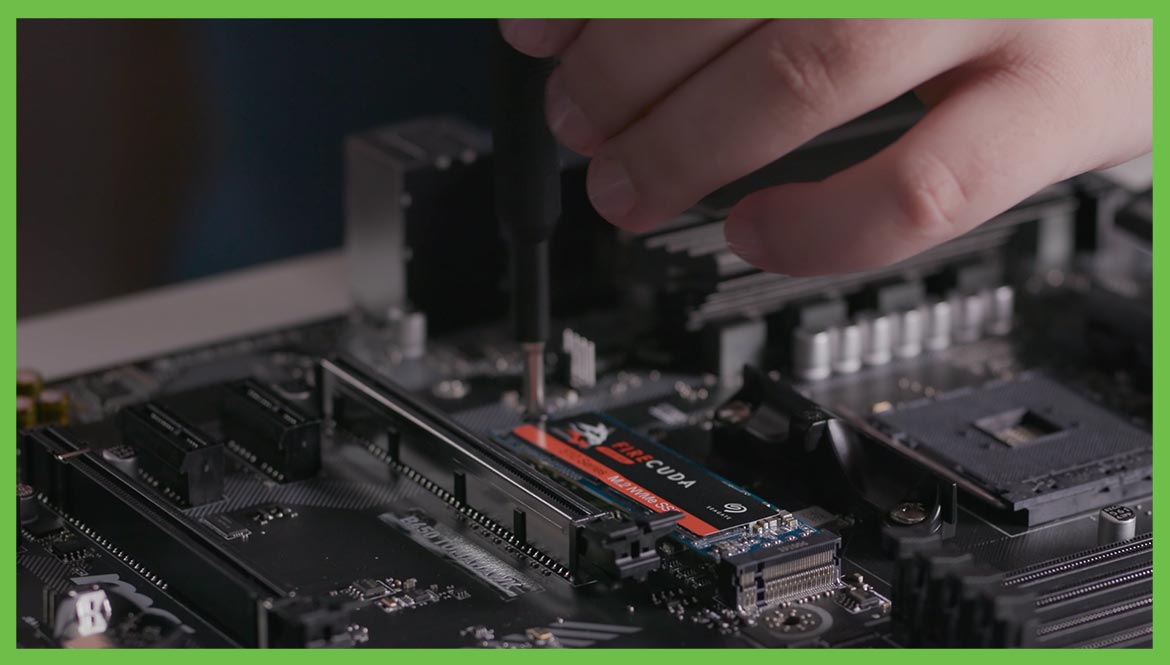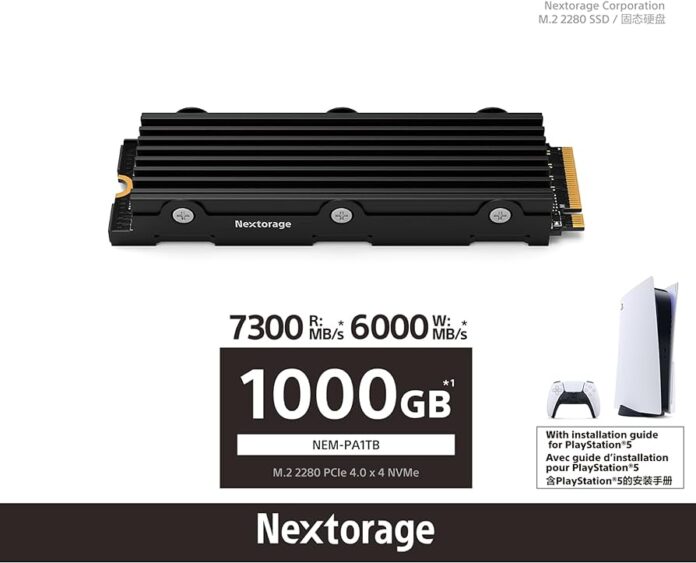Yes, multiple SSDs can be installed on the same motherboard if enough SATA ports or M.2 slots are available. The motherboard’s compatibility determines the number of SSDs it can accommodate.
Upgrading your computer with additional solid-state drives (SSDs) often leads to improved storage capacity and swifter data retrieval. Modern motherboards usually provide a mix of SATA interface ports and M. 2 slots, allowing users to expand their storage options. Before purchasing extra SSDs, you should check your motherboard’s specifications for the maximum number of supported drives.
Remember, utilizing multiple SSDs doesn’t only hinge on physical space; it also depends on your motherboard’s chipset capabilities and other connected devices that might share the bandwidth. Selecting the right combination of SSDs ensures your system will run smoothly and efficiently, considerably enhancing performance for data-heavy tasks and general system operations.

Credit: www.techradar.com
Exploring The Possibility Of Multiple Ssds
Are you thinking of adding more speed to your computer? You might consider installing multiple SSDs. Let’s dig into the possibility of having more than one SSD on the same motherboard.
The Rise Of Ssd Popularity
SSD drives have become a must-have for modern computers. With their swift performance, they leave traditional hard drives in the dust. Everyone loves faster boot times and quicker file transfers. This is why SSDs have become so popular. As demands for speed and space grow, multiple SSD setups are now in the spotlight.
Understanding Your Motherboard’s Capabilities
Your motherboard is the heart of your computer. It determines how many SSDs you can connect. Most motherboards come with multiple SATA ports. These ports let you connect several SSDs. You might need to check the following:
- Number of SATA ports: This tells you how many drives can be connected.
- M.2 slots: These are for newer, faster SSDs. Check if these are available.
Some motherboards may have limitations. So, it’s key to know yours first. You can find this information in the motherboard’s manual or on the manufacturer’s website. Always remember that a setup with multiple SSDs will speed up your work and play!
Factors Affecting Ssd Installation
Upgrading to multiple SSDs can give a computer a fantastic speed boost. Yet, packing additional SSDs into the same motherboard is not just a game of plug and play. It involves assessing several critical factors. These include the physical space inside the case, available SATA ports, and the power supply’s capacity. Each of these elements plays a vital role in a successful installation.
Physical Space Considerations
Physical space in a computer’s case is a prime factor. Not all cases have room for multiple drives. Check for available drive bays within the case. Some motherboards offer M.2 slots for SSDs, which don’t need traditional bays. But M.2 slots are limited. Ensure there’s adequate airflow to prevent overheating.
Sata Ports Availability
Your motherboard’s SATA ports determine how many SSDs you can connect. Most motherboards have between four to six SATA ports. But some may be in use by other drives or devices. Count the ports and check how many are free. If all are used, consider a SATA expansion card.
Power Supply Limitations
An adequate power supply is necessary to support multiple SSDs. Drives need power to operate. Your power supply should have enough SATA power connectors. Or you might need a power splitter. Make sure your power supply unit (PSU) has enough wattage to handle the additional load. A PSU calculator can help determine if your power supply is up to the task.
| Component | Check Needed |
|---|---|
| Physical Space | Drive bays or M.2 slots availability |
| SATA Ports | Quantity and availability |
| Power Supply | SATA power connectors and wattage capacity |
- Identify the number of spare drive bays or M.2 slots.
- Count the available SATA ports.
- Ensure enough SATA power connectors and sufficient PSU wattage.
Installation Process For Additional Ssds
Upgrading your system with an additional SSD can significantly boost its performance. Many motherboards can host more than one SSD. To properly install an extra SSD, it’s important to have clear instructions. This section is the perfect guide to help with adding extra storage power to your PC.
Identifying The Right Type Of Ssd
Before you start, know the type of SSD compatible with your motherboard. There are two main types: SATA and NVMe. SATA SSDs are common and use the SATA port. NVMe SSDs use the M.2 slot and are faster. Check your motherboard’s specifications. It will tell you which SSDs it supports.
| SSD Type | Connection Type | Typical Speed |
|---|---|---|
| SATA | SATA port | Up to 600MB/s |
| NVMe | M.2 slot | Up to 3500MB/s |
Step-by-step Guide On Installing A New Ssd
Now, let’s install your new SSD. Follow these steps.
- Turn off your computer. Unplug all cables.
- Open the case to reveal the motherboard. Be careful to avoid static.
- Locate the SATA or M.2 port for SSD. Your motherboard manual can help you.
- If using SATA, connect the SSD to the port and secure it.
- For NVMe, insert the SSD into the M.2 slot at an angle. Push down and screw in place.
- Connect power cables if using a SATA SSD. NVMe does not need separate power.
- Replace the case cover and plug back in all cables.
- Turn on your PC. Enter BIOS to ensure the SSD is recognized.
- In Windows, initialize the SSD through the Disk Management tool.
Your new SSD is now ready to use. Enjoy the extra space and speed.

Credit: www.seagate.com
Benefits Of Multiple Ssds In A Single System
Imagine a computer that starts almost instantly, launches apps in a blink, and has tons of space for all your projects. That’s the power of using multiple Solid-State Drives (SSDs) in one motherboard. Let’s dive into the advantages:
Enhanced Storage Capacity
Bigger is better when it comes to storage space. Multiple SSDs mean you can keep all your important files, games, and videos without worry. Think of it like having several spacious closets for all your digital belongings!
- Store more: Photos, videos, and games
- Easy organization: Separate SSDs for different file types
- Futuristic approach: Ready for new, larger files
Improved System Speeds And Performance
Speed is the name of the game. With more SSDs, your system runs faster than ever. You’ll experience shorter loading times and smoother multitasking. It’s like having a personal assistant for your computer’s data.
| Single SSD | Multiple SSDs |
|---|---|
| Solid performance | Exceptional speed boost |
| Adequate for basic use | Perfect for power users |
| Can fill up quickly | Room to grow with your needs |
Troubleshooting Common Issues
Troubleshooting Common Issues when installing multiple SSDs can be quite manageable. This section will guide you through potential snags and their fixes.
Bios Recognition Problems
Getting your BIOS to recognize new SSDs can sometimes be tricky. Try these tricks:
- Check power and data cables for secure connections.
- Enable SSD support in BIOS settings if available.
- Update your BIOS to the latest version.
- Set the SATA mode to AHCI for better performance.
If issues persist, remove and reconnect the SSD. Look out for visible signs of damage.
Data Migration Challenges
Migrating data to a new SSD requires careful steps. Follow these to ensure a smooth transition:
- Use reliable migration software.
- Ensure both SSDs are properly connected.
- Backup important data before starting.
- Clone the drive completely, including the boot sector.
- Verify data integrity post-migration.
If the cloned SSD won’t boot, check the boot order in BIOS or retry the cloning process.

Credit: www.amazon.com
Optimizing Your Setup With Multiple Ssds
Optimizing your computer setup with multiple SSDs unleashes new levels of performance. When a motherboard has numerous SSD slots, each drive can contribute to speed, storage, and system efficiency. This setup enables specialized configurations that cater to different needs, such as enhanced data access rates or improved data security.
Configuring Raid Arrays For Performance
RAID (Redundant Array of Independent Disks) transforms several SSDs into a mighty storage unit. RAID configurations like RAID 0 boost speed by splitting data across SSDs. This approach, known as striping, accelerates read and write operations. RAID 1, meanwhile, duplicates data for fault tolerance. Here’s a simple breakdown:
- RAID 0: Increases speed, no data protection
- RAID 1: Mirrors data, safeguards against drive failure
Enabling RAID requires a motherboard that supports it. Users must access the BIOS or RAID controller to configure their preferred setup. It’s vital to ensure compatibility and proper setup for optimal performance.
Balancing Ssds For Longevity And Wear
Each SSD has a finite lifespan, limited by write cycles. Using multiple SSDs can spread the wear, extending their collective longevity. Techniques like wear leveling distribute data writes evenly across drives. This balance minimizes overuse of a single SSD, promoting durability.
Pair SSDs of similar age and usage for best results. Mixing old and new drives might cause the older one to wear out faster. Keep firmware updated and monitor SSD health with software tools. This proactive approach catches potential issues early, securing data integrity.
To sum up, configuring multiple SSDs can dramatically enhance computer performance. Whether through RAID setups or strategic wear management, the right approach maximizes both speed and lifespan.
Frequently Asked Questions On Can More Than One Ssd Be Put In The Same Motherboard?
Can You Have 2 Ssds On A Motherboard?
Yes, you can have multiple SSDs on a motherboard as long as there are enough SATA or M. 2 slots available. Ensure your board supports the number and type of drives you plan to use.
Can I Put 2 Different Ssds In One Pc?
Yes, you can install two different SSDs in a single PC, as long as there are available drive slots and compatible connections on your motherboard.
How Do I Know If My Motherboard Supports Multiple Ssd?
Check your motherboard’s specifications for available SATA ports or NVMe slots that accommodate SSD drives. Refer to the manual or manufacturer’s website for detailed support information.
Can I Put 2 Ssd In My Pc?
Yes, you can install two SSDs in your PC if you have enough mounting points and compatible ports on your motherboard.
Conclusion
To wrap up, integrating multiple SSDs on a single motherboard is indeed feasible—and often beneficial. Such a setup boosts storage and performance significantly. Careful consideration of compatibility and proper configuration ensures optimal functioning. Embracing this upgrade can breathe new life into your system, paving the way for a smoother, faster computing experience.





